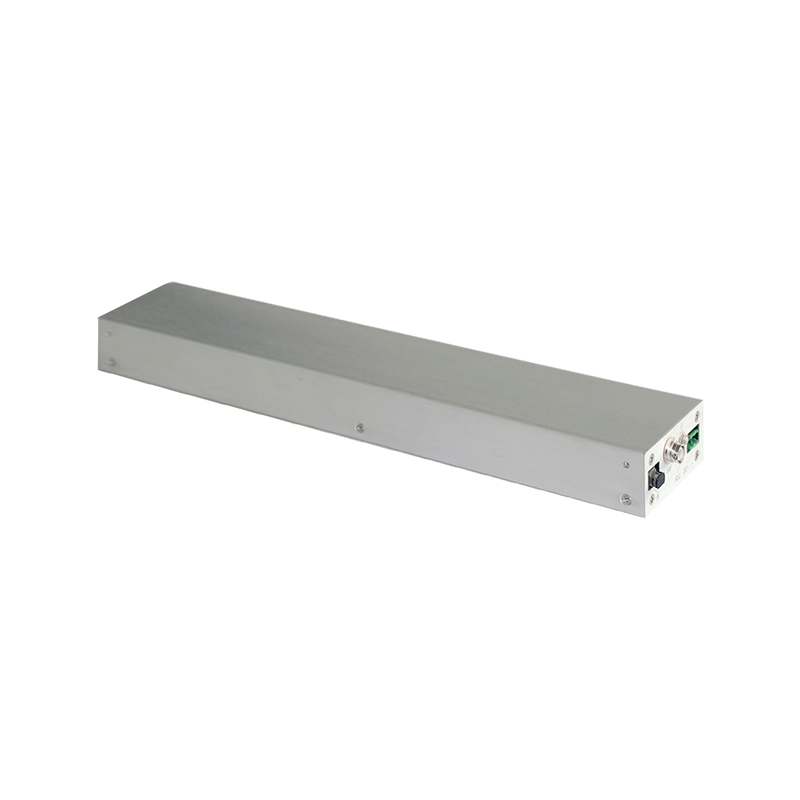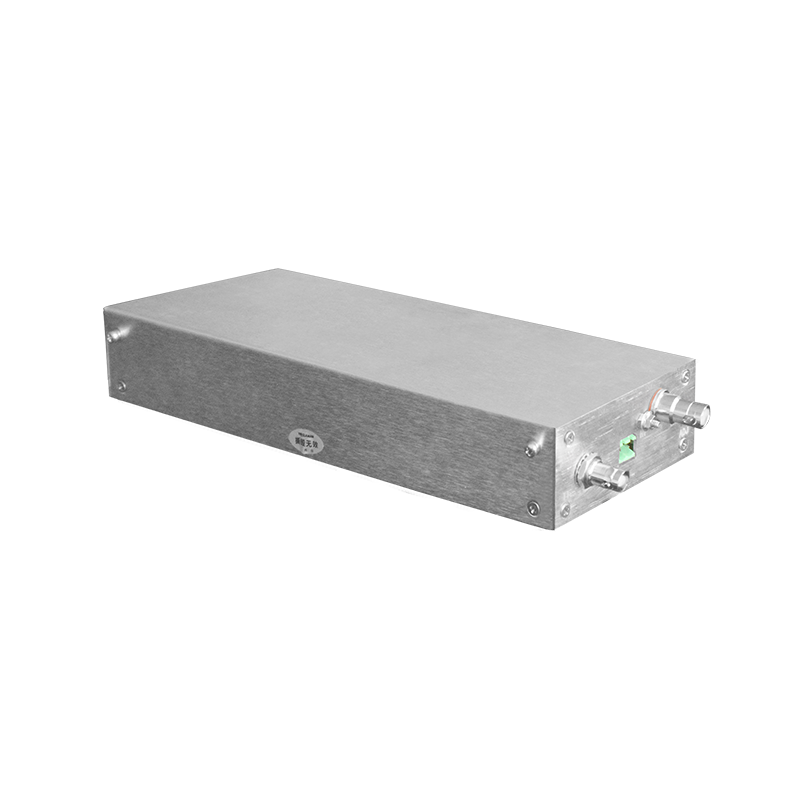High-Voltage Module Power Supply Reliability Verification and Performance Analysis in Medical Imaging Equipment
With the continuous development of medical technology, medical imaging equipment plays an increasingly important role in clinical diagnosis and research. As one of the core components of medical imaging equipment, the reliability and performance of high-voltage module power supplies directly affect the stable operation and image quality of the imaging equipment. This article will explore the reliability verification and performance analysis of high-voltage module power supplies in medical imaging equipment from a professional perspective.
I. Introduction
Medical imaging equipment such as X-ray machines, CT scanners, and MRI devices require high voltages to drive key components such as detectors, X-ray generators, and gradient coils during operation. As the high-voltage source for these devices, the performance of high-voltage module power supplies is crucial to the reliability of imaging equipment and image quality. Therefore, the reliability verification and performance analysis of high-voltage module power supplies are particularly important.
II. Reliability Verification of High-Voltage Module Power Supplies
1. Environmental adaptability test
Medical imaging equipment may operate in various harsh environments, such as high temperature, low temperature, humidity, etc. To ensure the stability of high-voltage module power supplies under these conditions, environmental adaptability tests should be conducted. By simulating different working environments, the weather resistance, anti-interference ability, and electrical performance of the power supply are tested.
2. Electrical performance test
Electrical performance tests include measurements of parameters such as voltage accuracy, current accuracy, ripple coefficient, and response time. These parameters directly reflect the stability and reliability of the high-voltage module power supply. By comparing the test results with the specifications, the performance of the power supply is evaluated to determine if it meets the requirements of medical imaging equipment.
3. Life and durability test
High-voltage module power supplies may age and fail over long periods of use. To evaluate their lifespan and durability, prolonged accelerated aging tests are required. By simulating actual working conditions and accelerating the aging process of the power supply, its lifespan under normal operating conditions can be predicted.
III. Performance Analysis of High-Voltage Module Power Supplies
1. Efficiency analysis
The efficiency of high-voltage module power supplies directly affects the energy consumption and heat dissipation of imaging equipment. High-efficiency power supplies can reduce energy consumption, lighten the equipment cooling burden, and improve equipment stability. By comparing the efficiency of high-voltage module power supplies with different topologies and control strategies, the most suitable solution for medical imaging equipment applications is selected.
2. Volume and weight analysis
Medical imaging equipment has strict limitations on volume and weight, especially in portable and mobile devices. Therefore, while ensuring performance, it is crucial to minimize the size and weight of high-voltage module power supplies. By optimizing circuit design and using high-performance components, the miniaturization and lightweight of power supplies are achieved.
3. Reliability and stability analysis
The reliability and stability of high-voltage module power supplies are key factors in ensuring the normal operation of medical imaging equipment. By comparing the performance of high-voltage module power supplies from different manufacturers and models under long-term operation and abnormal conditions, their reliability and stability are evaluated. At the same time, combined with the actual application scenarios of the equipment, targeted improvement measures are proposed.




















